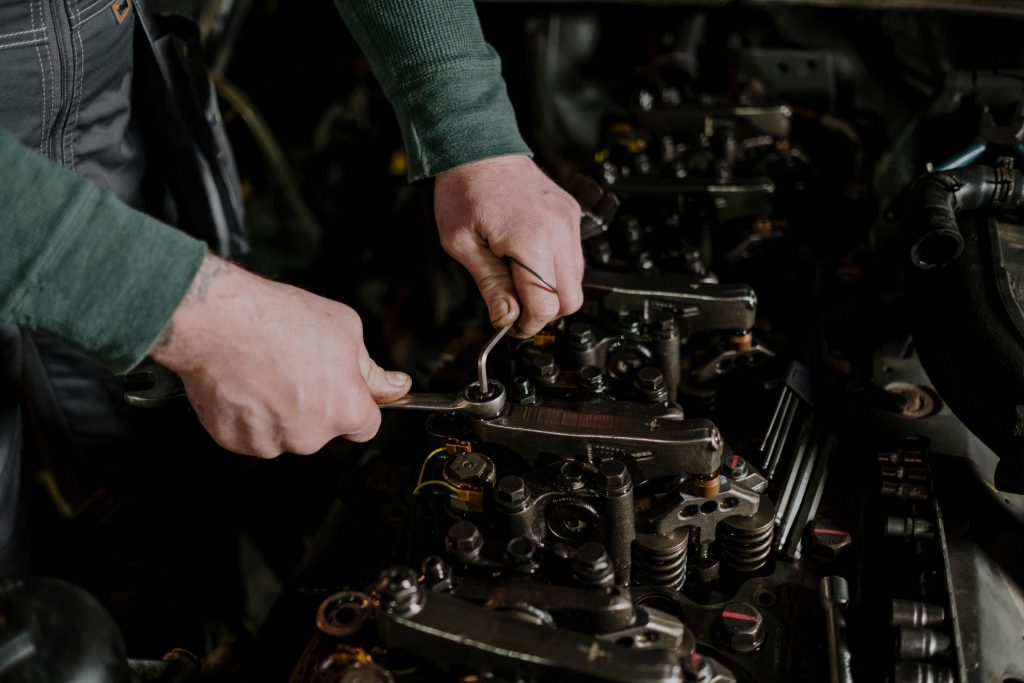When it comes to choosing between an electric vehicle (EV) and a traditional petrol or diesel car, one of the biggest considerations is long-term maintenance costs. While EVs are often praised for their lower environmental impact, many drivers wonder if they also offer financial savings over time. In this article, we’ll break down the key differences in maintenance costs between EVs and internal combustion engine (ICE) vehicles to help you decide which option is more economical.
Why EV Maintenance Costs Are Generally Lower
Electric vehicles have fewer moving parts compared to petrol or diesel cars, which translates to lower maintenance expenses. A traditional ICE vehicle has hundreds of components, including the engine, transmission, exhaust system, and fuel system, all of which require regular servicing. In contrast, an EV relies on a battery, electric motor, and a simplified drivetrain, drastically reducing the need for frequent repairs.
Key areas where EVs save money:
- No oil changes: EVs don’t require engine oil, eliminating a common and recurring expense.
- Fewer brake replacements: Regenerative braking in EVs reduces wear on brake pads.
- No exhaust system repairs: Without a tailpipe or catalytic converter, EVs avoid related maintenance costs.
Studies suggest that EV owners can save up to 50% on maintenance costs over the vehicle’s lifetime compared to petrol or diesel cars.
Where Petrol/Diesel Cars May Still Have an Edge
While EVs generally cost less to maintain, there are still scenarios where traditional vehicles might be cheaper in the short term. For example:
- Battery replacement costs: EV batteries degrade over time, and replacing them can be expensive, though warranties often cover this for 8-10 years.
- Specialized repairs: Not all mechanics are trained to work on EVs, which could lead to higher labor costs for certain repairs.
- Higher upfront cost: While not a maintenance expense, the initial purchase price of an EV is often higher, which can offset long-term savings.
However, as EV technology advances and becomes more mainstream, these gaps are expected to narrow.
Comparing Common Maintenance Tasks
To better understand the cost differences, let’s compare common maintenance tasks for EVs and ICE vehicles:
Oil Changes and Fluids
Petrol and diesel cars require regular oil changes every 5,000 to 10,000 miles, costing between $50 and $150 per service. EVs skip this entirely, saving owners hundreds of dollars annually.
Brake System
Traditional cars need brake pad replacements every 30,000 to 50,000 miles, costing $150-$300 per axle. EVs, thanks to regenerative braking, may only need replacements every 100,000 miles or more.
Engine and Transmission
ICE vehicles often face expensive engine or transmission repairs, ranging from $1,000 to $5,000. EVs have no traditional transmission and far fewer mechanical parts prone to failure.
Long-Term Cost of Ownership
When evaluating total ownership costs, EVs often come out ahead despite their higher initial price. Factors include:
- Fuel savings: Electricity is cheaper than petrol or diesel per mile driven.
- Tax incentives: Many governments offer rebates or tax credits for EV purchases.
- Depreciation: While early EVs depreciated quickly, newer models hold value better as demand grows.
According to a Consumer Reports study, EV owners save an average of $6,000 to $10,000 over the life of the vehicle compared to petrol car owners.
Conclusion
While both EVs and petrol/diesel cars have their pros and cons, electric vehicles generally offer lower maintenance costs due to their simpler design and fewer mechanical components. Although battery replacement and specialized repairs can be expensive, these costs are often offset by savings on oil changes, brakes, and fuel. For drivers looking to minimize long-term expenses, an EV is likely the more economical choice—especially as technology continues to improve and infrastructure expands.
